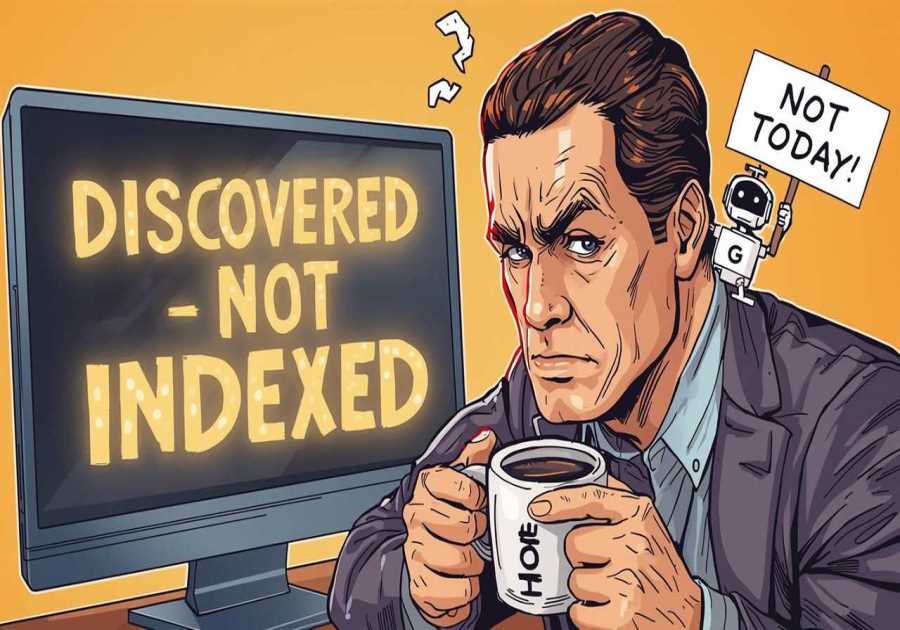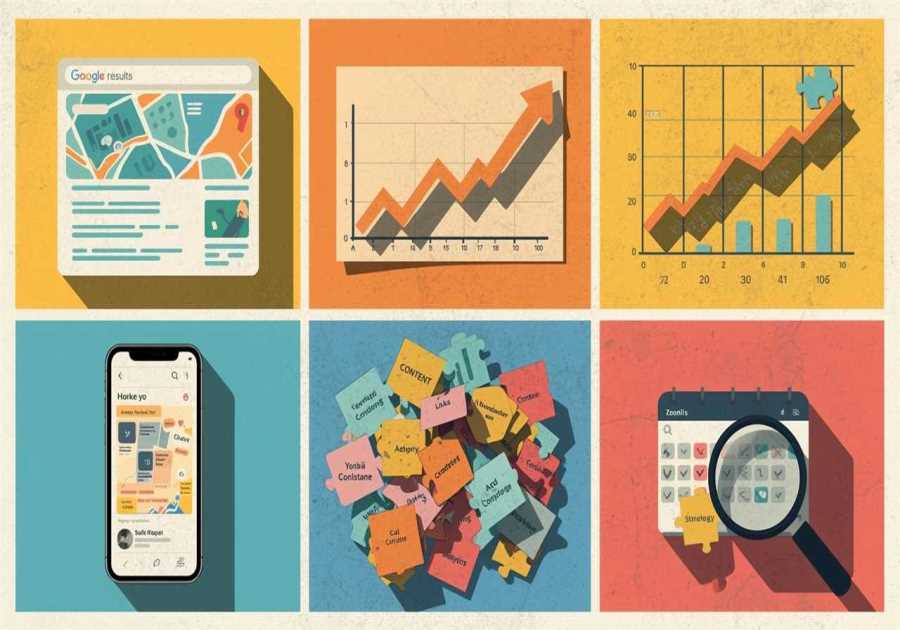
If you’re an e-commerce brand founder or selling online and think email marketing is outdated—or worse, just a way to blast everyone on your list—you’re leaving serious money on the table. In reality, email is one of the highest-ROI tools in your marketing arsenal, capable of generating consistent sales, nurturing customer loyalty, and increasing repeat purchases—if done right.
Email Isn’t Dead—It’s Just Misused
The biggest misconception is that email marketing is about sending one-size-fits-all promotions. That’s the digital equivalent of shouting through a megaphone in a crowded street—most people will ignore you. The true power of email comes from segmentation, personalization, and timing.
Research consistently shows email delivers one of the best returns on investment—often $36 or more for every $1 spent. Unlike social media, where algorithms decide if your audience even sees your content, email lands directly in their inbox. It’s one of the few digital spaces you truly own.
Why Email Beats Social Media in Conversions
Social platforms are great for building awareness, but they’re not designed to close sales consistently. On Instagram or TikTok, your content is competing with memes, trending dances, and cat videos. In email, you have a captive audience, a direct line, and no algorithm between you and your customer.
This isn’t about replacing social—it’s about integrating email into your overall marketing funnel. Social brings them in, email keeps them close.
The Foundation: Building a Quality List
A healthy email strategy starts with a high-quality subscriber list. You want people who want to hear from you—not random addresses scraped from the web. The best way to grow your list is by offering a compelling lead magnet:
- Exclusive discounts for first-time subscribers
- Free resources (guides, checklists, templates)
- Early access to product launches
- Entry into giveaways
The point is to offer value upfront so your audience feels they’re gaining something tangible in exchange for their email.
Segmentation: Treat Customers as Individuals
One-size-fits-all is dead. Segmentation allows you to send different messages to different people based on their behaviors and preferences. Examples:
- New subscribers → Welcome series introducing your brand
- Recent purchasers → Thank-you email + upsell recommendations
- Inactive customers → Win-back offers with time-sensitive discounts
- High-value customers → VIP early access to new products
Segmented campaigns consistently outperform generic ones because they make customers feel understood.
Crafting Emails People Actually Read
The inbox is a busy place. If your subject line doesn’t catch attention, your email is toast before it’s opened. Here’s what works:
- Keep subject lines short (5–7 words)
- Create curiosity without clickbait
- Add personalization when possible
Once inside, keep your message scannable. Use short paragraphs, bullet points, and clear calls-to-action. Remember—your email is not the place for a long essay. Drive them to a landing page if more detail is needed.
Automation: Sales on Autopilot
Email automation turns manual follow-ups into revenue-generating machines. Common automated flows include:
- Welcome series – Builds trust right after sign-up.
- Abandoned cart reminders – Recover lost sales with 1–3 follow-ups.
- Post-purchase thank-you – Increases repeat orders with cross-sells.
- Win-back campaigns – Brings back customers who haven’t purchased in a while.
The magic of automation is that once set up, it works 24/7 without extra effort.
Tracking and Optimizing for Maximum ROI
Guessing is not a strategy. Track open rates, click-through rates, and conversions to see what’s working. If your emails have low engagement, test different subject lines, sending times, or offers. If people click but don’t buy, revisit your landing page or offer structure.
Data removes the guesswork and lets you make decisions based on what your audience actually responds to.
Why Email Builds Long-Term Customer Value
Acquiring a new customer is 5–7 times more expensive than retaining one. Email marketing lets you keep existing customers engaged, informed, and loyal. It’s not just about pushing products—it’s about telling your brand’s story, sharing helpful tips, and making customers feel part of a community.
When you consistently deliver value, your customers see your brand as more than just a store—they see it as a trusted resource.
The Right Mindset for Email Marketing Success
Stop thinking of email as a quick sales blast. Think of it as an ongoing conversation with your audience. Each email is a touchpoint that either builds or erodes trust. If you consistently provide value—whether it’s a helpful tip, exclusive deal, or behind-the-scenes insight—sales will follow naturally.
Final Word
Email marketing is not dead—it’s evolving. In the noisy, fast-moving digital space, email remains one of the few channels where you own the audience relationship. Use it wisely, treat your subscribers as individuals, and deliver consistent value. Do that, and your email list will become one of your brand’s most powerful, reliable revenue sources.
If you found this article helpful, please share it so others can benefit too. Be sure to keep an eye out for more upcoming posts packed with powerful SEO tips and strategies. In the meantime, feel free to explore our other articles to deepen your knowledge and stay ahead of the curve: 3 Affiliate Marketing Strategies That Can Actually Work in 2025 and Beyond






